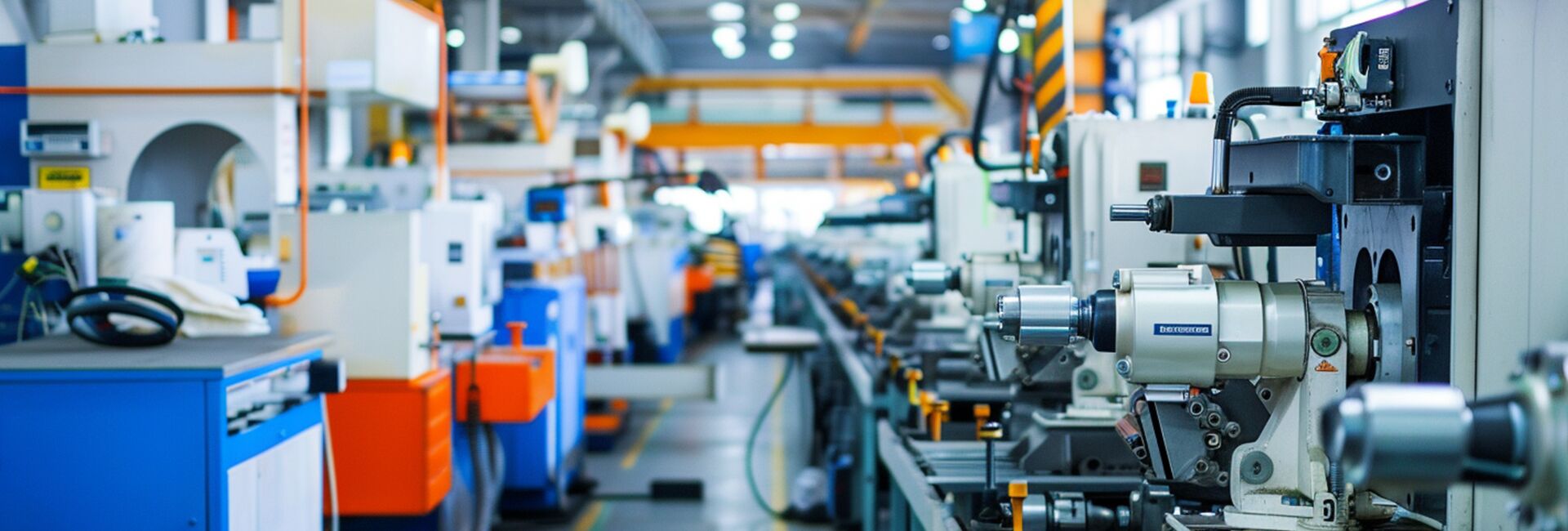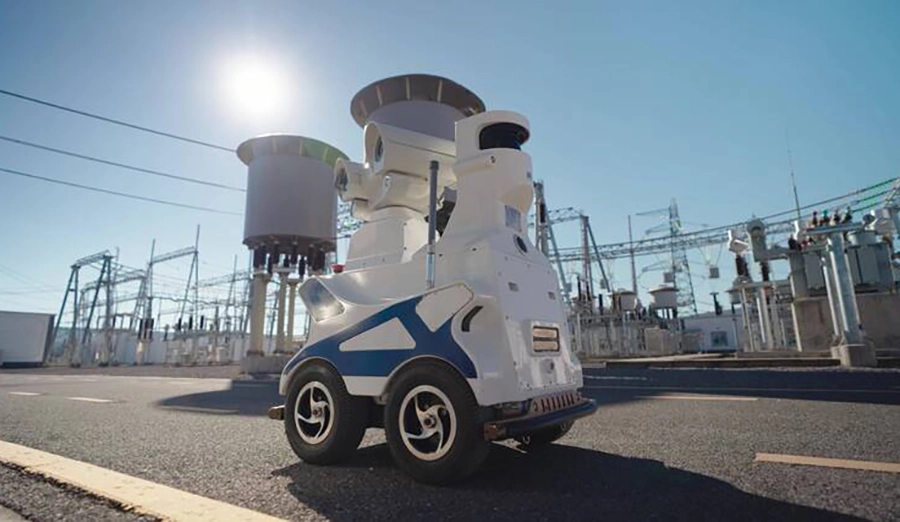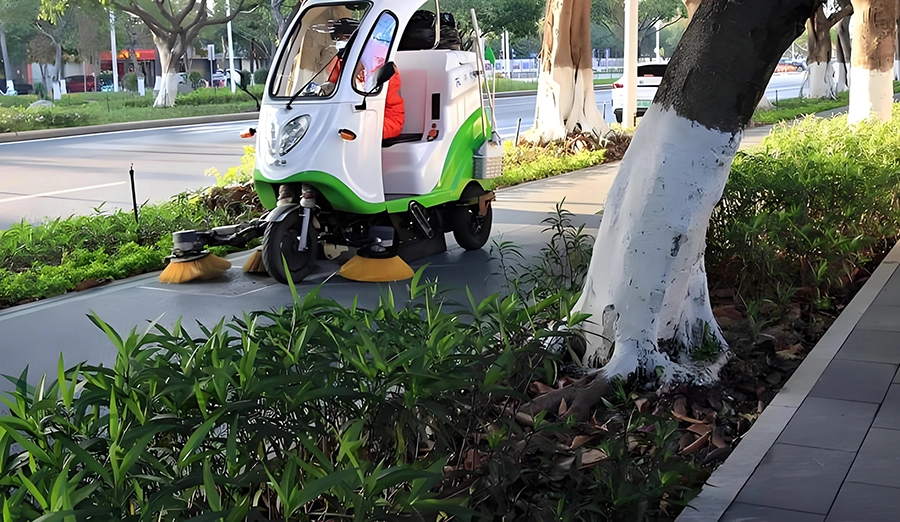
WIRELESS CHARGING IN THE NEWS
1. Opportunistic Charging for Continuous Operation
AGVs and AMRs equipped with inductive receivers can charge during brief idle periods—for example, while waiting at pick-up stations or during scheduled pauses. Small, frequent charging cycles extend uptime and reduce the need for large, heavy batteries. For instance, an AMR forklift in a fulfillment center can top up its battery during the 30 seconds it takes to unload a pallet, effectively operating 24/7 with minimal downtime.
2. Dynamic Charging in Workflow-Embedded Zones
Charging pads can be strategically installed in high-traffic areas, such as:
- Assembly Line Buffer Zones: AGVs charge while temporarily holding components.
- Intersection Points: AMRs recharge while yielding to other vehicles.
- Pick/Station Dwell Points: Forklifts charge during loading/unloading.
This “charging-on-the-go” approach eliminates dedicated charging stations, optimizing space utilization.
3. Compatibility with Diverse AGV/AMR Workflows
- AGVs on Fixed Paths: Inductive pads can be installed along guided routes for scheduled charging.
- Free-Roaming AMRs: Intelligent navigation systems direct robots to charging pads based on battery levels, traffic, and task priorities.
4. Harsh and Hygienic Environments
Inductive charging’s sealed components are ideal for environments where moisture, dust, or chemicals degrade conductive systems. For example, in food processing or pharmaceutical warehouses, wireless charging ensures compliance with hygiene standards by eliminating exposed contacts.







